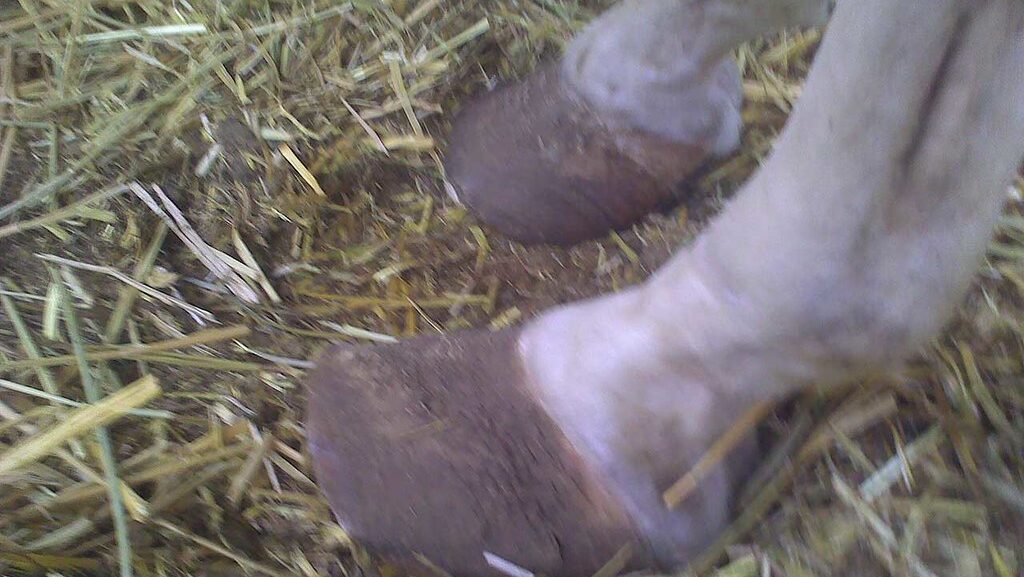Laminitis—a painful and potentially debilitating condition affecting a horse’s hooves—presents numerous challenges for owners, caretakers, and veterinarians alike. When a horse with laminitis refuses to cooperate with treatment protocols, the situation becomes even more complicated, potentially jeopardizing recovery and long-term prognosis. This resistance may manifest as the horse refusing medication, avoiding prescribed exercise, not tolerating specialized shoes, or exhibiting dangerous behaviors during treatment attempts. Understanding how to navigate these obstacles while still providing effective care requires patience, creativity, and sometimes professional intervention. In this comprehensive guide, we’ll explore strategies for managing uncooperative laminitic horses while prioritizing both their physical healing and emotional well-being.
Understanding Why Laminitic Horses Refuse Treatment

When a horse with laminitis becomes uncooperative, it’s crucial to recognize that this behavior typically stems from pain rather than defiance. The inflammatory process in the hooves creates extreme discomfort, and the horse may perceive handling of the affected limbs as a threat that will increase their suffering. Horses are prey animals by nature, meaning their instinctive response to pain and vulnerability is often to resist restraint or manipulation that might further compromise their ability to escape perceived dangers. Additionally, previous negative experiences with treatment procedures may have created anxiety or fear associations that trigger resistance behaviors. Understanding these underlying motivations helps shift our perspective from viewing the horse as “difficult” to recognizing them as a patient attempting to protect themselves from further pain.
Recognizing Signs of Uncooperative Behavior
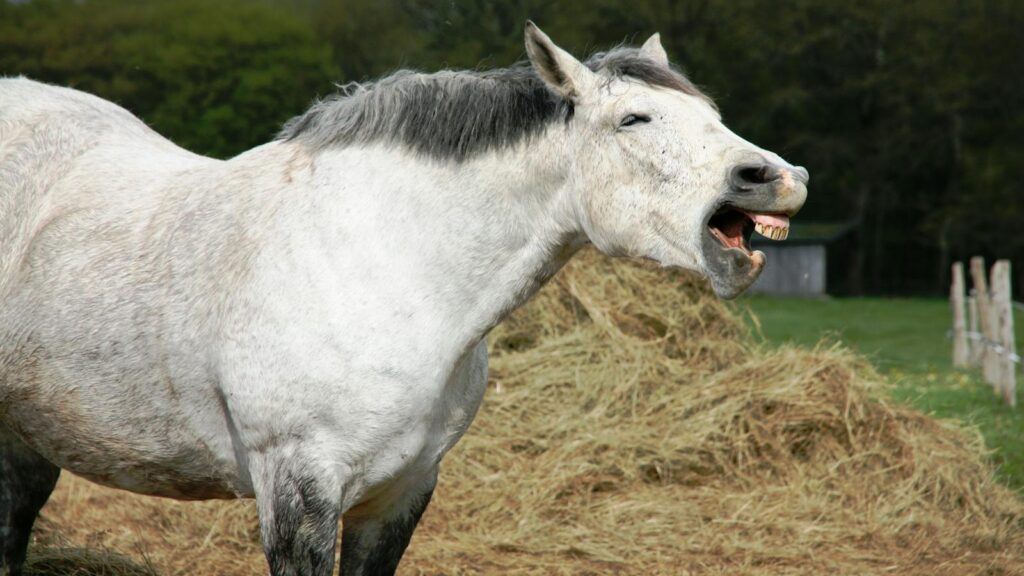
Uncooperative behavior in laminitic horses can manifest in various ways, ranging from subtle resistance to dangerous reactions. Common signs include pulling away when handlers approach the hooves, shifting weight excessively during farrier work, pinning ears, swishing the tail, or tensing muscles when medication is administered. More serious manifestations might include striking, kicking, rearing, or attempting to flee despite the pain of movement. Some horses may refuse to walk on prescribed surfaces for rehabilitation or pull back when led to treatment areas. Others might resist wearing therapeutic boots or specialized shoes by repeatedly removing them or showing extreme distress during fitting. Being able to identify these behaviors early allows for intervention before the situation escalates to a point where treatment becomes impossible.
Pain Management as the First Step

Addressing pain is the cornerstone of managing an uncooperative laminitic horse, as discomfort is typically the primary driver of resistance. Work closely with your veterinarian to develop a comprehensive pain management protocol that may include non-steroidal anti-inflammatory drugs (NSAIDs) like phenylbutazone or flunixin meglumine. In severe cases, more potent pain relievers or analgesic combinations might be necessary to bring comfort levels to a point where the horse can tolerate treatment. Some veterinarians may recommend regional nerve blocks for specific procedures, allowing temporary pain relief in targeted areas. Remember that timing of pain medication is crucial—administering medications approximately 30-60 minutes before scheduled treatments or farrier work can significantly improve cooperation. Regularly reassessing pain levels and adjusting medications accordingly ensures your horse remains as comfortable as possible throughout recovery.
Creating a Low-Stress Environment

The environment in which treatment takes place can significantly impact a laminitic horse’s willingness to cooperate. Choose a quiet, familiar location with good footing that provides stability and confidence for the pain-compromised horse. Eliminate unnecessary distractions such as loud machinery, other horses moving nearby, or unfamiliar people in the treatment area. Consider using visual barriers to create a sense of security if the horse seems anxious about open spaces or activity in their peripheral vision. Temperature management is also important—provide shade during hot weather and protection from cold drafts in winter, as environmental stressors can heighten a horse’s overall discomfort and anxiety. Whenever possible, schedule treatments during the horse’s calmest times of day, avoiding feeding times or periods when the barn is particularly busy with activity.
Building Trust Through Positive Reinforcement

Developing a positive association with treatment procedures can transform an uncooperative horse into a willing participant over time. Implement a reward-based system where the horse receives something desirable—such as a favorite treat, verbal praise, or a gentle scratch in a preferred spot—immediately following cooperation, even if that cooperation is minimal at first. Start with very small steps that the horse can tolerate, gradually building up to more invasive procedures as trust increases. Clicker training can be particularly effective, creating a clear communication system that helps the horse understand exactly which behaviors earn rewards. Consistency is crucial—ensure all handlers follow the same protocols and reward the same behaviors to prevent confusion. Remember that trust building is a gradual process that requires patience, but the investment of time upfront often leads to much smoother treatment sessions as recovery progresses.
Sedation Options and Considerations

When pain management and behavior modification strategies prove insufficient, sedation may become necessary to accomplish essential treatments safely. Your veterinarian can recommend appropriate sedatives based on your horse’s health status, the procedure being performed, and the level of cooperation needed. Common options include detomidine, xylazine, or acepromazine, each with different durations of action and sedative properties. In some cases, combinations of sedatives may be used to achieve the optimal effect while minimizing side effects. It’s important to understand that sedation carries its own risks, including drop in blood pressure, unsteady movement, and potential complications with certain health conditions. Additionally, repeated sedation may become less effective over time as the horse develops tolerance. When sedation is necessary, ensure the horse is in a safe environment where they cannot injure themselves if they become unsteady.
Physical Support Systems for Treatment
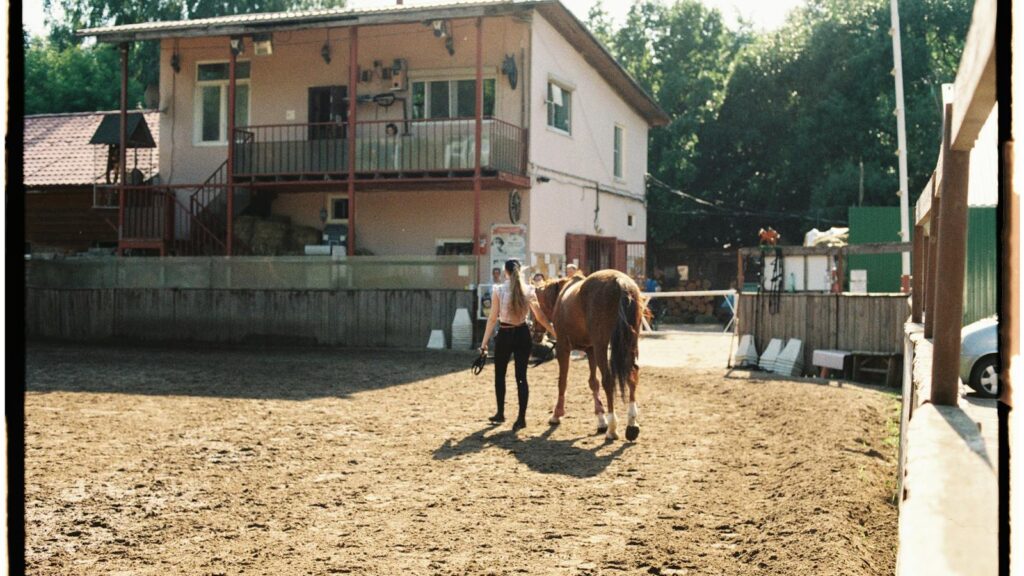
Specialized equipment can provide crucial support for horses that struggle to cooperate during laminitis treatment. Padded hoof stands allow examination and treatment of hooves with minimal pressure on painful structures. Slings or support systems can help distribute weight away from affected limbs during longer procedures, reducing the horse’s discomfort and resultant resistance. For farrier work, stocks or chutes modified with padding can provide both restraint and support, though these should be introduced gradually if the horse is unfamiliar with such equipment. Specialized boots with adjustable straps can sometimes replace traditional hoof bandages for horses that repeatedly remove conventional dressings. Medical-grade foam supports positioned under the heels or frog can provide relief during standing, potentially making the horse more tolerant of being handled. Always introduce support equipment gradually with positive reinforcement to prevent creating new fears.
Adapting Treatment Protocols
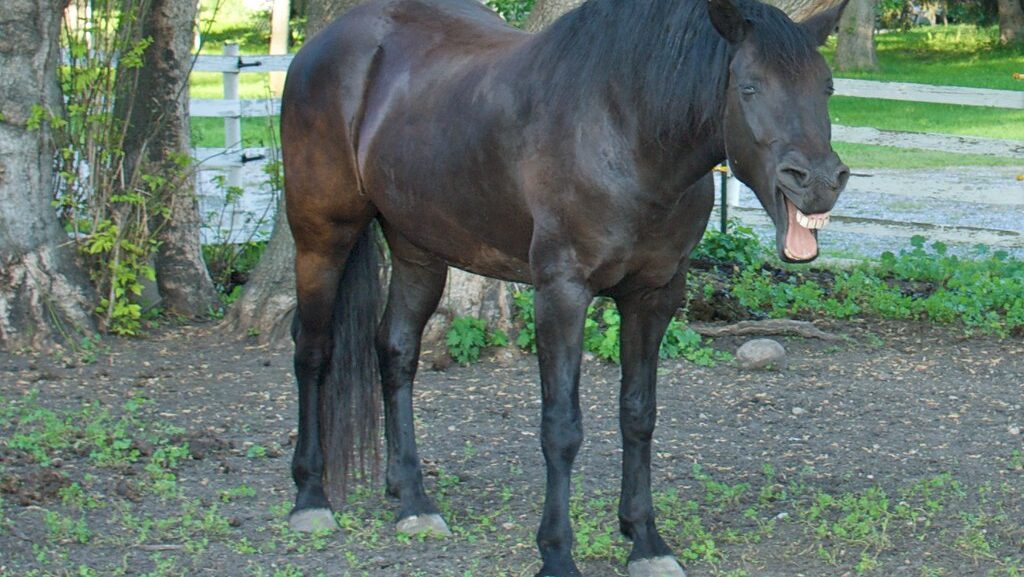
When standard treatment approaches meet with continued resistance, flexibility and creativity become essential to providing effective care. Work with your veterinarian to develop modified protocols that accomplish treatment goals while respecting the horse’s limitations. This might mean dividing longer procedures into several shorter sessions to reduce stress and fatigue. For horses that refuse oral medications, explore alternative administration routes such as injectable formulations or medication incorporated into favorite treats. If specialized therapeutic shoes trigger extreme resistance, consider alternatives like temporary glue-on options that require less manipulation during application or removable boots that can be gradually introduced during positive training sessions. Some horses may tolerate cold therapy through different methods—if ice boots are rejected, cold hosing or cold packs might be acceptable alternatives. Remember that a partially implemented treatment plan that the horse tolerates is better than an ideal plan that cannot be executed due to the horse’s resistance.
The Role of Specialized Professionals
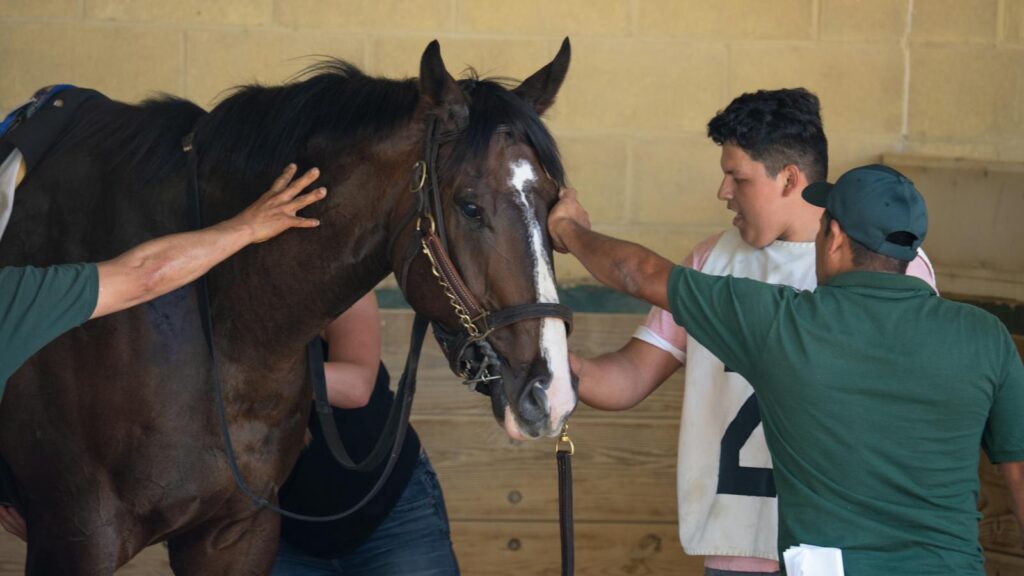
When managing an uncooperative laminitic horse, assembling a team of specialized professionals can make a critical difference in treatment success. Beyond your regular veterinarian, consider consulting an equine behaviorist who specializes in pain-related behavior and can develop customized handling strategies for your horse’s specific resistance patterns. Farriers with extensive experience treating laminitic horses often have techniques and tools specifically designed for difficult cases. Equine massage therapists or physical therapists can help address secondary muscle tension and compensation patterns that may be contributing to the horse’s overall discomfort and unwillingness to cooperate. In some cases, veterinary specialists in pain management might recommend advanced techniques like acupuncture or regional nerve blocks that make other treatments more tolerable. Communication between all team members is essential to ensure consistent approaches and to track which interventions improve cooperation.
Safety Considerations for Handlers
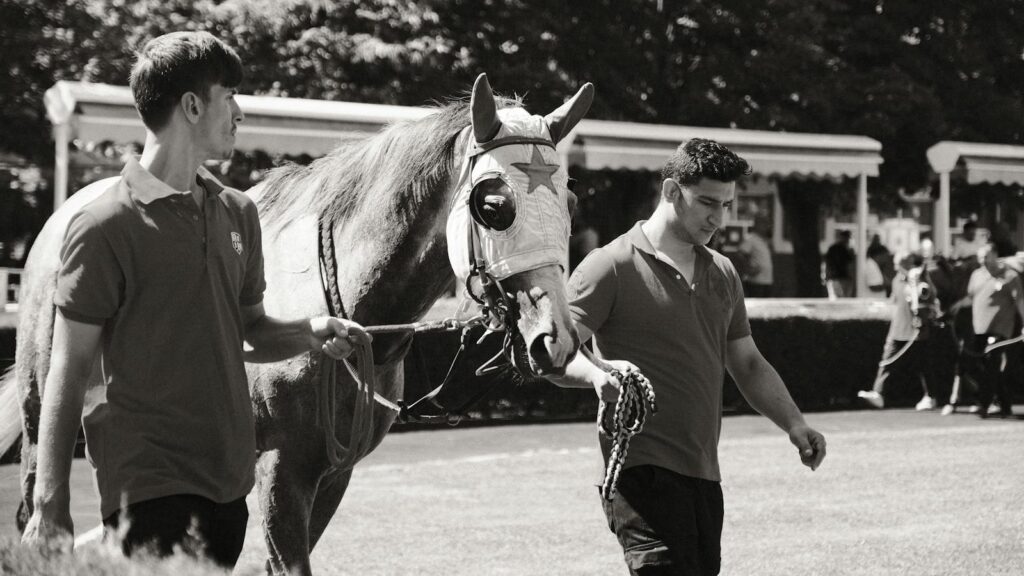
Managing an uncooperative laminitic horse presents significant safety risks that must be addressed proactively. Always have sufficient experienced handlers present during treatment sessions—typically one person to hold the horse and another to perform the procedure. Use appropriate protective equipment such as helmets, steel-toed boots, and gloves when working with horses showing dangerous behaviors like striking or rearing. Create clear escape routes in treatment areas so handlers can quickly move to safety if the horse becomes dangerously reactive. Establish and communicate hand signals or verbal cues that indicate when a procedure should be paused or abandoned due to escalating resistance. Be particularly cautious when working with the hind limbs of pain-compromised horses, as their balance is already challenged, potentially making kicks more unpredictable. Remember that handler safety always takes precedence—if a procedure cannot be performed safely, consult with your veterinarian about sedation options or alternative approaches.
Monitoring and Adjusting Long-Term Management
Successful management of an uncooperative laminitic horse requires ongoing assessment and adaptation as the condition evolves. Implement a consistent monitoring system to track both the physical progression of the laminitis and changes in the horse’s behavioral responses to treatment. Keep detailed records of which approaches improve cooperation and which trigger resistance to inform future handling strategies. Regular reassessment by your veterinarian can help determine when treatment protocols can be modified as healing progresses, potentially reducing the intensity or frequency of procedures that the horse finds most distressing. Be prepared to adjust environmental management, such as stall rest parameters or turnout restrictions, based on both physical healing and psychological wellbeing indicators. Remember that recovery from laminitis is rarely linear—periods of improvement may be followed by setbacks that require renewed focus on pain management and behavior modification techniques.
Ethical Considerations and Quality of Life
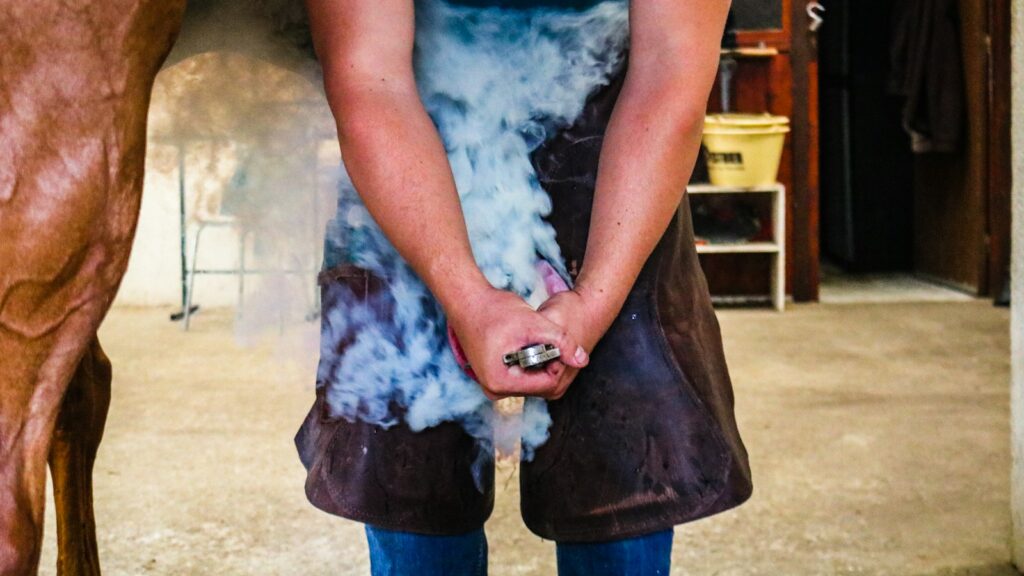
Managing a severely resistant laminitic horse inevitably raises ethical questions about the balance between necessary treatment and the horse’s quality of life. Regular conversations with your veterinarian about prognosis and treatment goals help ensure that the interventions justify the stress they cause. Establish clear parameters for when treatment might be considered too distressing relative to its potential benefit, particularly in cases with poor long-term prognosis. Consider implementing quality of life scoring systems that objectively measure factors like pain levels, appetite, mobility, and engagement with environment to guide difficult decisions. For horses that remain extremely resistant despite all interventions, discuss with your veterinarian whether more aggressive approaches like hospitalization might provide better pain control and treatment delivery. In some cases, euthanasia may eventually be the most humane option if the horse cannot be made comfortable enough to allow necessary treatment for recovery.
Case Studies: Success Stories of Managing Difficult Cases

Many horses that initially refuse to cooperate with laminitis treatment can ultimately be managed successfully with patience and innovative approaches. Consider the case of Stella, a mare who initially required sedation for even basic hoof care but gradually accepted treatment through a combination of pain management, clicker training, and modified farrier techniques that minimized pressure on sensitive areas. Another instructive example involves Thunder, a gelding who repeatedly removed therapeutic boots until his owner created a positive association by offering small amounts of feed only when the boots were in place, gradually increasing wearing time. Perhaps most remarkable was the transformation of Pepper, who demonstrated dangerous striking behavior during treatment until an equine behaviorist implemented systematic desensitization over several weeks, eventually allowing full cooperation with all aspects of his recovery protocol. These success stories highlight the importance of persistence, creativity, and individualized approaches when working with resistant laminitic horses.
conclusion
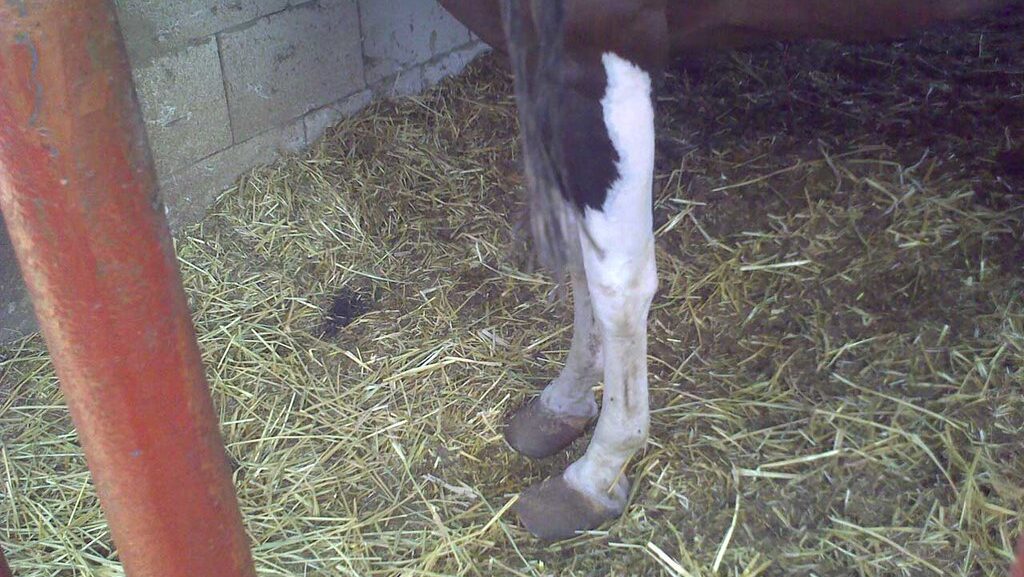
Managing a laminitic horse that refuses to cooperate presents significant challenges that require patience, adaptability, and compassion. By recognizing that resistance typically stems from pain rather than defiance, owners and caregivers can implement strategies that address both the physical and psychological needs of these suffering animals. The path to successful treatment often involves a multifaceted approach combining appropriate pain management, environmental modifications, behavior training, and sometimes professional intervention. While the process can be frustrating and at times discouraging, many formerly resistant horses eventually accept necessary care when handled with consistent kindness and respect for their limitations. Through persistent, thoughtful management, we can help these vulnerable animals navigate the difficult journey toward recovery while preserving their dignity and trust in their human caretakers.

